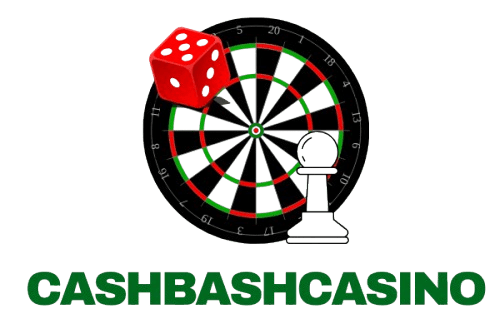PSP Games: Portable Journeys and Forgotten Gems
The PSP, or PlayStation Portable, launched by Sony in the mid‑2000s, introduced a powerful new chapter in handheld gaming. It promised console‑level graphics in a device that fit in your bag, and for many, it delivered. Discussing PSP games is to revisit both commercial hits and lesser‑known treasures—titles that proved portable didn’t have to mean simplistic, and that depth, narrative, and artistry could thrive even when trying to squeeze performance out of limited hardware.
One of the hallmarks of PSP games is their ambition: they often sought to replicate or approximate the feel of full console games in a handheld format. While limitations in processor speed, storage medium, and screen resolution meant compromises, many developers leaned into these constraints mg4d daftar creatively. Games like God of War: Chains of Olympus and Metal Gear Solid: Peace Walker showed that action and stealth, respectively, could translate to smaller form factors without losing intensity. The cinematic sequences, voice acting, and immersive music underscored that portable doesn’t mean lesser.
Another strength of PSP games was their diversity. The library ranged from fast‑paced action and richly detailed RPGs to rhythm games, visual novels, and experimental titles. Some players used PSPs as their primary gaming device during travel, so there was demand for both long campaigns and shorter burst‑play sessions. Titles such as Persona 3 Portable offered deep character‐driven stories, while others like Lumines or Patapon provided rhythmic rewards in just a few minutes. That variety meant that many gamers found at least a few PSP games that matched their preferred style.
Technical innovation on the PSP sometimes pushed boundaries. The UMD (Universal Media Disc) format, though criticized for its load times, enabled games of a size and scope previously unseen in handhelds. Certain PSP games used impressive texture work, shadowing, and special effects for the time. There were multiplayer experiences, both adhoc and over infrastructure, and audio quality that supported full orchestral scores. Even years after its prime, many PSP games stand up in terms of visual appeal when played on enhanced or emulated systems.
Of course, some PSP games are less well remembered today. Many never saw ports or re‑releases, meaning preservation is spotty. Some UMD games suffer from reading issues, and others feel dated due to interface design aimed at older hardware. However, in those forgotten corners lie gems: side stories, spin‑offs, or unique experiments that didn’t garner huge sales but remain beloved by niche audiences. They remind us that depth doesn’t always require massive budgets, and that creativity can flourish under constraint.
Reflecting on PSP games today gives another lesson: many of the design decisions made for portable systems have influenced modern handhelds and mobile gaming. Concepts like game sessions built for fifteen minutes, progress saved frequently, flexible difficulty, and audio‑visual polish under hardware limits have carried forward. As people revisit PSP games—whether via portable Playstation remasters, manual emulation, or digital re‑releases—there is plenty to learn about balancing scope, design ambition, and hardware capability.
